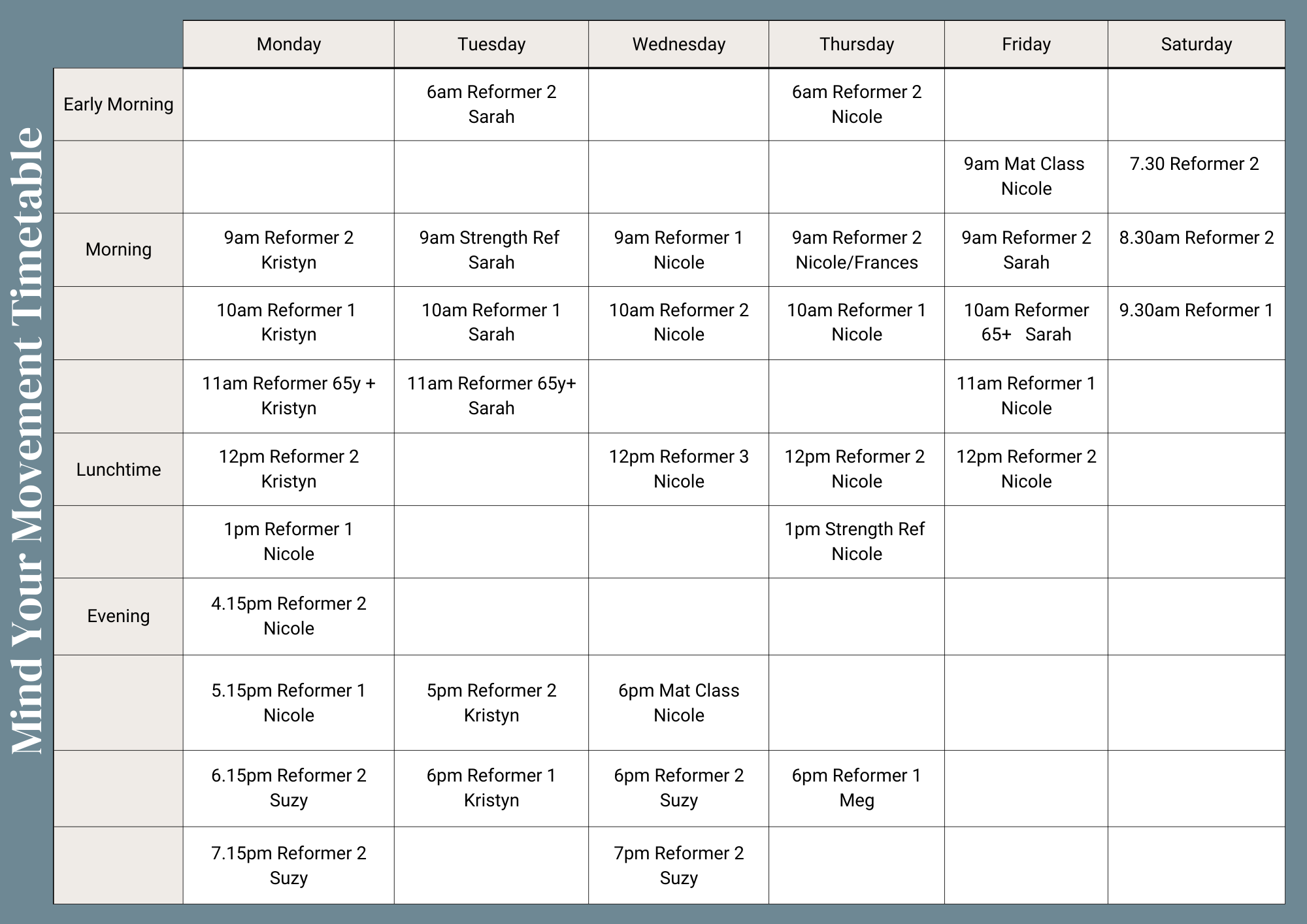Relieve Your Sciatica With Pilates
Many of you would have heard of your sciatic nerve before, it travels from the lower back down through the hips and buttocks all the way down to your feet; it’s the largest nerve in the body.
Sciatica refers to the PAIN that is either localized or radiates down the leg following the path of the sciatic nerve. Sciatic can be the result of an injury or an irritation to the nerve. It can feel like a constant burning sensation or a shooting pain. This can also be accompanied by numbness. Usually, sciatica will only affect one side of your body.
What you may not know is sciatica is a symptom of a deeper issue in the body. So when you are experiencing sciatica it’s your body’s way of telling you ‘hey, you need to give me a little bit of attention.’
The deeper issue most commonly is a herniated disc in your spine or a bony spur on your vertebrae.
Now lets not confuse sciatic pain with piriformis syndrome. The piriformis is a small muscle located deep in the buttock area, originating at the lumbar spine and attaching down in to the head of the thighbone. Did you notice how the sciatic nerve and the piriformis have similar origins and run along a similar line? Basically the sciatic nerve runs underneath the piriformis muscle. Whilst the two can feel slightly similar their treatment when it comes to Pilates is different. If you would like to know more about Piriformis syndrome see my blog here.
The biggest benefit of Pilates for sciatic pain is it’s a form of exercise that will give you the confidence to get back moving again. Sciatic pain can feel scary and usually when we become concerned or nervous about movement we avoid it and our body becomes tense. Both of those things are not going to do you any favours.
Your inflamed sciatic nerve does not like prolonged sitting it actually prefers if you are up and moving. It also doesn’t enjoy a lot of bending; this constant forward flexion will irritate the nerve even more.
Joining Pilates classes with a teacher who has experience in sciatic pain is a great place to begin your movement journey.
Pilates focuses on moving in a methodical way to get the most out of your body. An excellent teacher will be able to assess your body and create a movement program based on their findings, therefore a biomechanical assessment is important. Finding a teacher who is able to correct your movements and give you tips on how to get the most out of your exercise in a safe and effective manner is important if you would like to bid farewell to your sciatica.
Your Pilates classes must include building up strength to help your skeletal system feels supported, especially around the torso area including your core and gluteal muscles. Without inflaming the sciatic nerve.
To find a Pilates class near you and get started with a Pilates program check out what we offer in our Ōmokoroa studio, or our online studio where we offer on-demand memberships and programs. If you have any questions feel free to contact our team at Mind Your Movement.
Author: Nicole Dixon, Mind Your Movement Pilates

